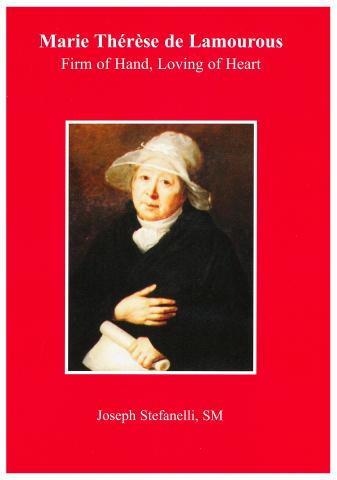The title of this short biography succinctly captures the life of Marie Thérèse de Lamourous.
by Joseph Stefanelli, SM
30 pgs.
The reader will get swept away in the trials and adventures of life during the French Revolution, as you learn of Marie Thérèse’s unflinching faith and courage in this tumultuous time of history. Father Stefanelli paints a portrait of a rather unwilling heroine who eventually embraces her God-graced mission in life and adopts the prostitutes of Revolutionary France, creating a place of refuge, safety,and prayer at the Miséricorde. Marie Thérèse’s devotion to her faith and to the women she served is a positive lesson for women of and for all ages.

